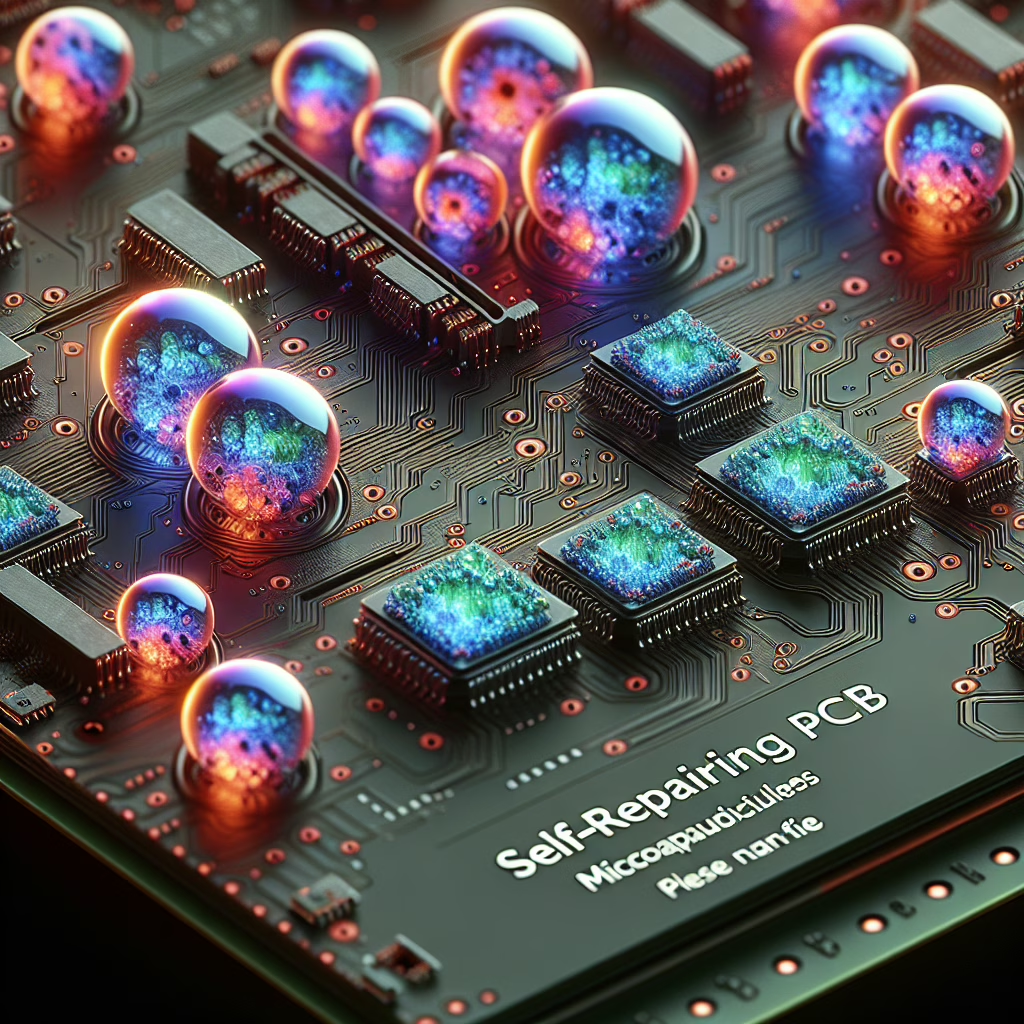Welcome to the future of electronics! Imagine a world where your gadgets not only last longer but can also heal themselves when they face the inevitable wear and tear of daily use. Thanks to some brilliant minds at Virginia Tech, this dream is becoming a reality with their innovative work on durable, self-repairing, and recyclable printed circuit boards (PCBs). Yes, you heard it right – PCBs that have a knack for fixing themselves! Let’s dive into this electrifying topic.
The Marvelous World of PCBs
Printed circuit boards are the unsung heroes of our electronic devices. They connect everything from your smartphone to your toaster, ensuring that our modern lives run smoothly. But here’s the kicker: traditional PCBs can be as fragile as a soap bubble in a room full of toddlers. Once damaged, they often end up in landfills, contributing to the e-waste crisis. Not anymore!
The Virginia Tech team has cracked the code to creating self-repairing PCBs that can survive the test of time (and maybe even a toddler or two). Their innovative technology is designed to address common issues such as cracks or breaks in the circuitry, ensuring that your devices remain functional without needing a complete overhaul.
How Do They Do It?
Now, let’s peek behind the curtain and see how these engineering wizards work their magic. The secret sauce lies in a special polymer that’s both flexible and capable of healing itself. When damage occurs, the polymer can flow into cracks, much like how our skin heals after a cut. Talk about nature-inspired engineering!
- Flexible Polymer: Works like skin to heal itself.
- Durability: Stands up to daily wear and tear.
- Eco-Friendly: Reduces electronic waste.
By recycling these durable PCBs instead of tossing them out, we can significantly reduce our electronic waste footprint. It’s like giving Mother Earth a big bear hug!
The Science Behind Self-Repairing Technology
At its core, the technology involves microcapsules filled with healing agents embedded within the PCB material. When cracks appear, these capsules burst, releasing their contents to repair the damage. It’s akin to having little superheroes inside your gadgets ready to spring into action at any moment!
This innovative solution not only helps in prolonging device life but also reduces manufacturing costs in the long run. Less waste means fewer resources are needed for production, making this technology both economically and environmentally sound.
Why This Matters
In an age where sustainability is more crucial than ever, Virginia Tech’s development could be a game-changer for manufacturers and consumers alike. Imagine if all our electronics were designed to last longer and be easily recyclable! This could lead to less frequent upgrades and reduced costs for consumers while helping businesses cut down on waste.
Furthermore, as we shift towards greener technologies, adopting self-repairing PCBs could position companies as leaders in sustainability practices. Consumers are increasingly favoring brands that prioritize eco-friendly innovations – so why not be ahead of the curve?
The Future is Bright (and Self-Repairing)
As we look toward 2025 and beyond, it’s clear that advancements like those at Virginia Tech will shape the future of electronics. Self-repairing and recyclable PCBs could become standard in many devices, leading us into an era where durability meets sustainability.
So next time you find yourself contemplating whether to toss that old gadget or attempt another DIY fix (with questionable results), remember that future technology might just have your back with self-repairing capabilities!
Your Thoughts?
What do you think about these revolutionary developments in PCB technology? Will self-repairing electronics change how we view our devices? We’d love to hear your thoughts! Feel free to share them in the comments below.
A big thank you to Gadgets360 for providing insightful information on this groundbreaking topic!

